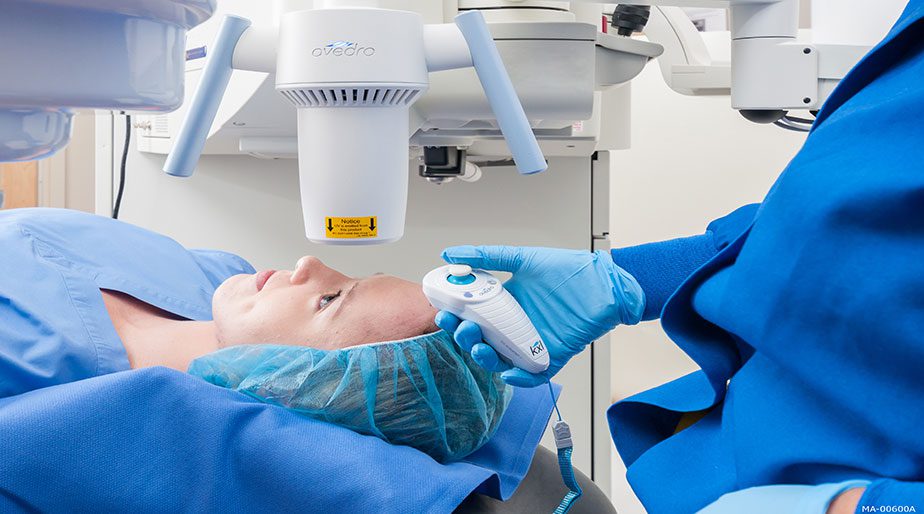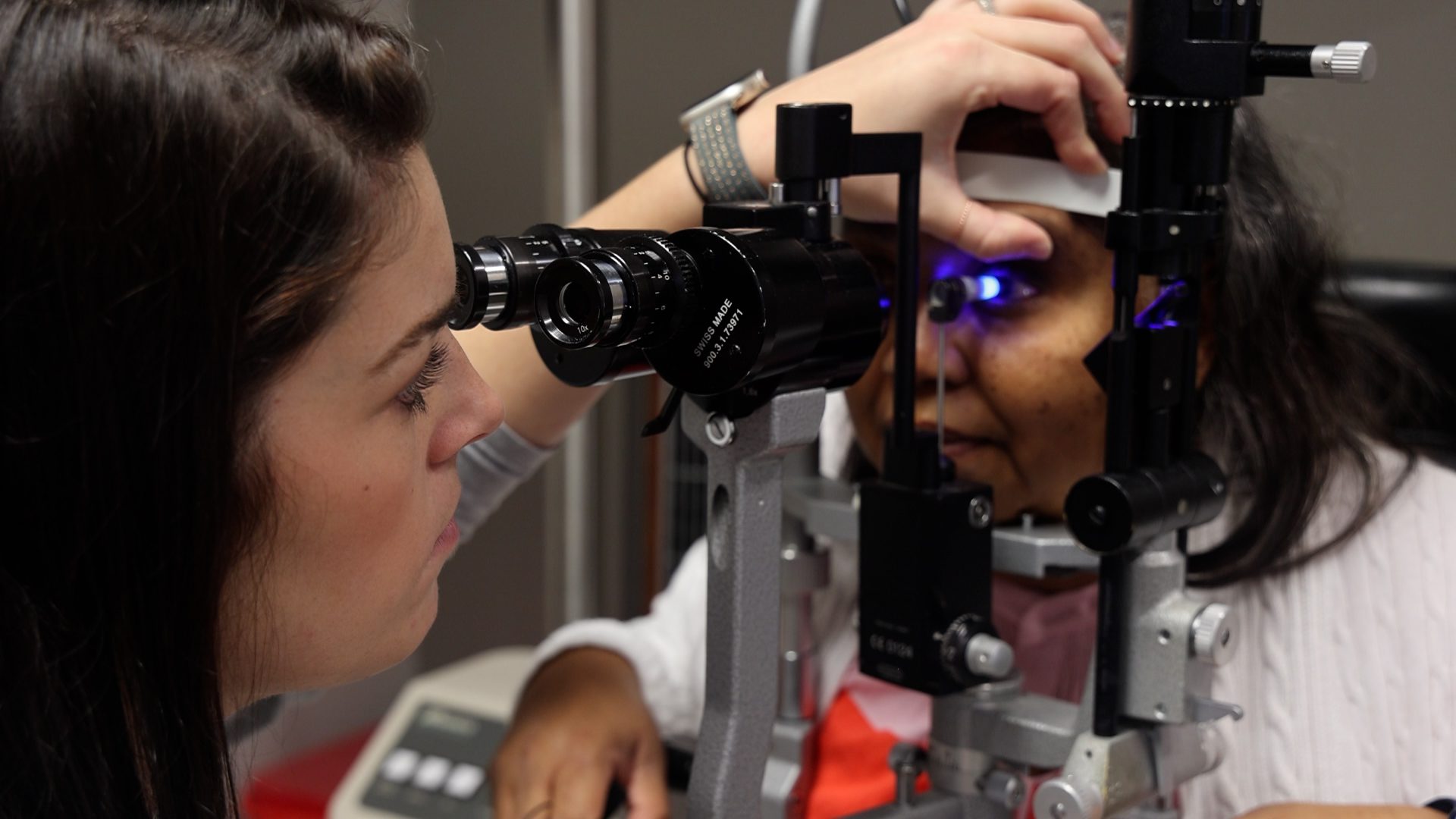If you suffer from mildly blurred vision, excessive eye rubbing, difficulty seeing at night, changes in eyeglass prescription, frequent headaches, and vision that cannot be corrected with glasses you may be suffering from Keratoconus. This optical condition is the development of a cone-like bulge and optical irregularity of the cornea. Our corneas are responsible for focusing most light that comes into the eye. Abnormalities to the cornea, like Keratoconus, can have an impact on how you see the world and complete simple tasks. Although Keratoconus is considered a rare condition, an estimated 1 out of every 2,000 people in the U.S. suffer from this sight-challenging disease.
Who Most Commonly Suffers From Keratoconus?
Keratoconus has been most commonly found to develop in individuals in their teens and early twenties. While an exact cause is currently unknown, genetics, the environment, and the endocrine system have played a role in the development of Keratoconus. In some cases, Keratoconus has been connected to hereditary components in affected relatives. Left untreated, Keratoconus can progress to more severe stages resulting in vision loss that could require invasive surgery such as corneal transplantation. If detected in the early stages, Corneal Cross-Linking can slow or even stop the progression of Keratoconus to the more advanced stages.
Corneal Cross-Linking Procedure
Corneal Cross-Linking is a minimally invasive, FDA approved, outpatient procedure that combines the use of prescription eye drops, Photrexa® Viscous, Photrexa®, and ultraviolet A (UVA) light from the KXL® system for the treatment of progressive Keratoconus. This one-hour procedure will help create new corneal cross-links, which results in a shortening and thickening of collagen fibers that then stiffen the patient’s corneas.
What To Expect:
- Patients will receive numbing drops in order for the epithelium (the thin layer on the surface of the cornea) to be gently removed.
- Photrexa® Viscous eye drops will then be applied to the cornea for at least 30 min.
- Depending on the thickness of your cornea, Photrexa® may be applied.
- The patient’s cornea is then exposed to UV light for 30 minutes while additional Photrexa® Viscous drops are applied to the corneas.
Schedule an Appointment
If you notice changes in your vision or your relatives’ vision, call Vistar Eye Center and ask about Corneal Cross-Linking. Our Corneal Specialists will discuss your options and provide more information about the procedure and recovery process.
For a more detailed look at FDA approved Corneal Cross-Linking procedure for Keratoconus, visit
www.livingwithkeratoconus.com.






